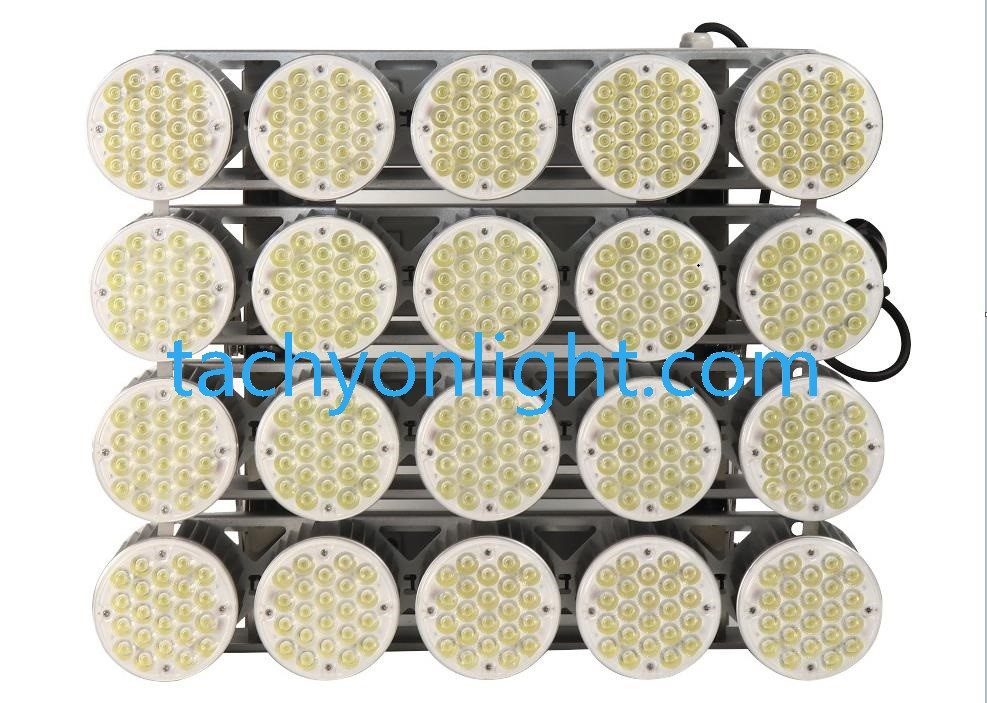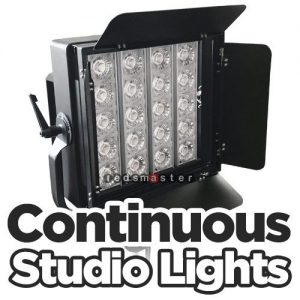Environmental Analysis of LED Lamps and Fluorescent Lamps
Lamp introduction
Fluorescent lamps
Fluorescent lamps are generally called fluorescent lamps. Traditional fluorescent lamps, i.e. low-pressure mercury lamps, use low-pressure mercury vapor to release ultraviolet rays after power-on, so that the phosphor emits visible light. This is the principle of fluorescent lamps. Therefore, it is a low-pressure arc discharge light source.
working principle
When the switch is turned on, the power supply voltage is immediately applied to the two poles of the starter through the ballast and the lamp filament. The voltage of 220 volts immediately ionizes the inert gas of the starter and produces glow discharge. The heat of the glow discharge causes the bimetallic sheet to be heated and expanded, and the heat generated by the glow causes the U-shaped movable contact sheet to expand and extend, and is connected to the static contact sheet, so that current flows through the ballast coil and the filament in the lamp tube.
The current passes through the ballast, the starter contact and the filaments at both ends to form a path. The filament is quickly heated by the current and emits a lot of electrons. At this time, because the two poles of the starter are closed, the voltage between the two poles is zero, the glow discharge disappears, and the temperature in the tube decreases; the bimetallic plate automatically resets and the two poles are disconnected. At the moment when the two poles are disconnected, the circuit current is suddenly cut off, and the ballast generates a large self-induced electromotive force, which acts on both ends of the tube after being superimposed with the power supply voltage.
A large number of electrons emitted when the filament is heated, under the action of the high voltage at both ends of the lamp tube, move at a great speed from the low potential end to the high potential end. In the process of acceleration, it collides with argon molecules in the tube, causing them to rapidly ionize. Argon ionization generates heat, and the heat causes mercury to generate vapor, and then the mercury vapor is also ionized and emits strong ultraviolet rays. Under the excitation of ultraviolet rays, the phosphor in the tube wall emits almost white visible light.
LED Lighting
LED (Light Emitting Diode) is a solid-state semiconductor device that can convert electrical energy into visible light. It can directly convert electricity into light. The heart of the LED is a semiconductor chip. One end of the chip is attached to a support, one end is the negative pole, and the other end is connected to the positive pole of the power supply. The entire chip is encapsulated by epoxy resin.
working principle
The semiconductor wafer is composed of two parts, one part is a P-type semiconductor, in which holes dominate, and the other end is an N-type semiconductor, which is mainly electrons. But when these two semiconductors are connected, a P-N junction is formed between them. When the current acts on the chip through the wire, the electrons will be pushed to the P area, where the electrons and holes recombine, and then emit energy in the form of photons. This is the principle of LED light emission. The wavelength of light is the color of light, which is determined by the material forming the P-N junction.
Compare from production materials
LED Lighting
The light-emitting diode is made of III-V compounds, such as GaAs (gallium arsenide), GaP (gallium phosphide) and other semiconductors. Its core is an active layer composed of a double heterostructure in the middle of the PN junction. Sealing silicone and optical lens. Since the LED light source is a solid-state light source, it has shock resistance that other lamps can’t match, and is more reliable, safer, and less likely to be damaged than other lamps.
Fluorescent lamps
Fluorescent lamps achieve the purpose of lighting by energizing mercury vapor to release ultraviolet rays. Each energy-saving fluorescent tube contains about 5 mg of mercury vapor, while a straight tube fluorescent lamp contains 10 mg of mercury vapor. If an exhaust gas energy-saving lamp containing 5 mg of mercury is improperly treated, it may pollute up to 50 tons of surface water. Discarding energy-saving lamps at will will cause soil and groundwater pollution, and will enter the atmosphere in the form of methyl mercury vapor. Mercury entering the respiratory tract and food chain will eventually harm the human nervous system, especially the central nervous system.
Contrast from daily use
LED Lighting
Voltage: LED uses low-voltage power supply, and the voltage of a single LED is between 1.9~4V, which is safer than high-voltage power supply.
Efficiency: High luminous efficiency. The highest luminous efficiency in the laboratory has reached 251lm/W, which is currently the most efficient lighting product.
Stability: After 100,000 hours of use, the luminous flux is 70% of the initial.
Response time: The response time of LED lights is nanoseconds, which is the fastest response among all current light
source products.
Fluorescent lamps
Voltage: The working voltage of fluorescent lamp is 70~80V, and it is a negative resistive load, that is, the larger the current, the smaller the resistance appears. Therefore, a device with limited current in the power supply circuit is required, and the ignition voltage needs to reach 500V.
Efficacy: The luminous efficiency is low, and currently the luminous efficiency on the market is generally 80~100lm/W.
Stability: The service life of general fluorescent tubes is 2500~3500 hours, which is longer than incandescent lamps, but much shorter than the service life of LED lamps.
Response time: The traditional fluorescent lamp has a long response time, and it increases with the aging of the lamp. The frequent switching of the traditional energy-saving lamp causes the lamp to be more easily damaged.
Eye damage: Fluorescent lamps will flicker, because the frequency of the mains is 50Hz, which causes the lamp to flicker 100 times per second. Although the phosphor on the inner wall of the tube has a certain afterglow time, it will quickly darken even within this 1% of a second, causing stroboscopic phenomenon, which is harmful to human eyes. Although it is not easy to detect by human eyes, long-term exposure to this light source is harmful to human eyes, especially when using old fluorescent tubes, this kind of flickering is more obvious.
Illusion: The light intensity flicker also interferes with the processing and comprehensive analysis of the image by the visual center, thereby forming dazzling and visual illusions. For example, an object that rotates at a normal high speed is regarded as slow or reverse rotation, and a ball flying at a high speed is regarded as intermittent. For example, in a workshop with rotating objects, when the rotating frequency is an integer multiple of the light flashing frequency, the rotating object looks like it is still, so it is easy to cause accidents.
The future development trend of two kinds of lamps
Fluorescent lamps
Beginning in 2014, the global production of fluorescent tubes began to decrease year by year, which is not only the impact of LED lamps on the market, but also an important reason.
In October 2013, the “Minamata Convention” was signed at a special meeting of the United Nations Environment Programme in Japan. The convention stipulates a total ban on the production and import and export of mercury-containing products by 2020, including traditional fluorescent lamps containing mercury vapor. . In the future, the use of fluorescent tubes will gradually decrease and will eventually be replaced by more energy-efficient lighting products such as LEDs.
LED lighting:
As a new type of industry, LED lighting has always attracted people’s attention. From the relevant statistical data, the annual output value of LED has been increasing in recent years. Moreover, LEDs have the characteristics of small size and long life, which can be used more flexibly in design. Therefore, LEDs will definitely become the mainstream of the lighting market in the future.
Under the leadership of disruptive innovative thinking, the future competition in the LED industry will no longer be a single industry competition, but a model and pattern of joint cooperation and risk-taking, cross-industry win-win, which is also the common trend of emerging industries.



